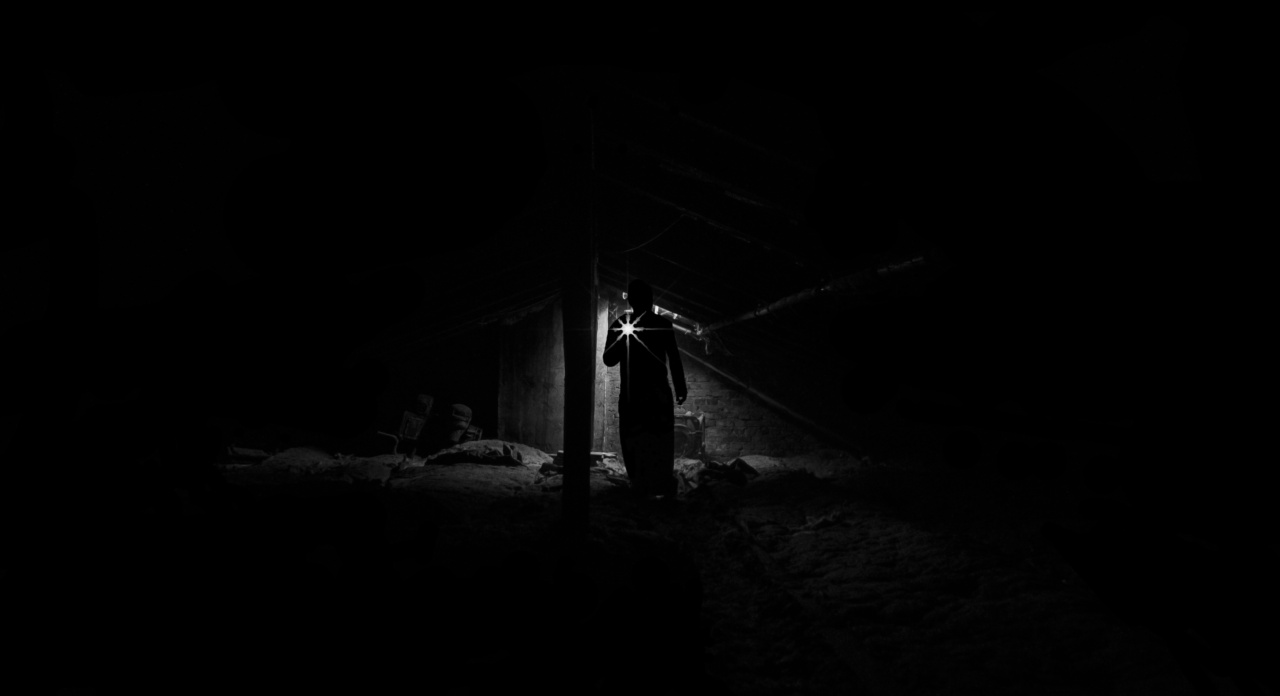When it comes to our health, there are many conditions that can go undetected or go unnoticed until they become a serious issue. One such condition is a blood clot. Blood clots are gel-like masses that form when blood thickens and clumps together.
While blood clots serve an important role in stopping bleeding and promoting healing after an injury, they can be harmful if they occur inside a blood vessel where they can interrupt normal blood flow. In some cases, blood clots can even be life-threatening.
What Are Blood Clots?
To understand the unseen indicators of blood clots, it is important to first understand what they are and how they form. Blood clots are primarily composed of platelets and fibrin, a protein involved in clotting.
When an injury occurs, platelets rush to the site and form a plug to stop bleeding. Fibrin then forms a mesh-like structure that traps blood cells, reinforcing the plug and forming a clot. This process is essential for wound healing and preventing excessive blood loss.
However, blood clots can also form inside blood vessels without an obvious injury. This can happen due to various reasons, including prolonged periods of immobility, certain medical conditions, or genetic predispositions.
When a blood clot forms where it shouldn’t, it can lead to serious complications.
Pulmonary Embolism: A Hidden Danger
One of the most dangerous complications of blood clots is a pulmonary embolism. This occurs when a blood clot travels from its original site and lodges in one of the arteries supplying the lungs.
The clot then blocks blood flow, potentially causing serious damage or even death. The scary part is that pulmonary embolisms often go unrecognized until it is too late.
Common Signs of Blood Clots
While blood clots can be silent killers, there are some signs and symptoms that can help us recognize when something might be wrong. It is important to listen to our bodies and seek medical attention if any of the following indications are present:.
1. Swelling and Pain
If you notice unexplained swelling and pain, especially in one limb, it could be a sign of a blood clot. The affected area might feel warm to the touch, and you might experience tenderness or redness.
It’s important not to ignore these symptoms, as they might be an indication of a deep vein thrombosis (DVT) — a blood clot that forms in the deep veins of the body.
2. Shortness of Breath and Chest Pain
Difficulty breathing or sudden chest pain can be caused by a pulmonary embolism, which is a severe complication of a blood clot.
If you find yourself struggling to catch your breath or experiencing sharp chest pains, it is crucial to seek immediate medical attention.
3. Rapid Heartbeat
A sudden increase in heart rate can occur when the body is trying to compensate for a lack of oxygen due to a blood clot in the lungs. If you notice your heart racing or feel palpitations, it could be a sign of a clot-related issue.
4. Coughing Up Blood
Coughing up blood, known as hemoptysis, can be a result of a blood clot that has migrated to the lungs. It is a severe symptom and requires immediate medical intervention.
5. Unexplained Fatigue
Feeling excessively tired or fatigued for no apparent reason can sometimes be attributed to a blood clot. Blood flow disruptions caused by a clot can affect overall energy levels and result in unexplained exhaustion.
6. Changes in Skin Color
A blood clot can cause changes in skin color, particularly in the affected area. If you notice your skin turning pale, blue, or extremely red, it could be a sign of compromised blood circulation due to a clot.
7. Headaches and Dizziness
Some blood clots that form within the brain can lead to headaches, often accompanied by dizziness and confusion. If you experience recurring headaches that are out of the ordinary, it is important to consult with a healthcare professional.
8. Abdominal Pain and Nausea
In rare cases, blood clots can occur in the veins of the abdomen. This can lead to persistent abdominal pain and nausea. If you experience unexplained digestive discomfort, it’s worth considering the possibility of a blood clot.
9. Vision Changes
When a blood clot affects blood flow to the eyes, it can cause vision changes or even sudden blindness. If you notice any alterations in your vision, it is important to seek immediate medical attention to rule out serious complications.
10. Coldness or Numbness
A blood clot that restricts blood flow to a specific area can cause coldness or numbness in that region. If you experience abnormal sensations or loss of feeling, it is important to have it evaluated by a healthcare professional.
Recognizing the unseen indicators of blood clots is essential for early detection and timely treatment. If you experience any of the symptoms mentioned above, it is vital to seek medical help immediately.
Remember, quick action can often make a significant difference when it comes to managing blood clots and preventing complications.



























